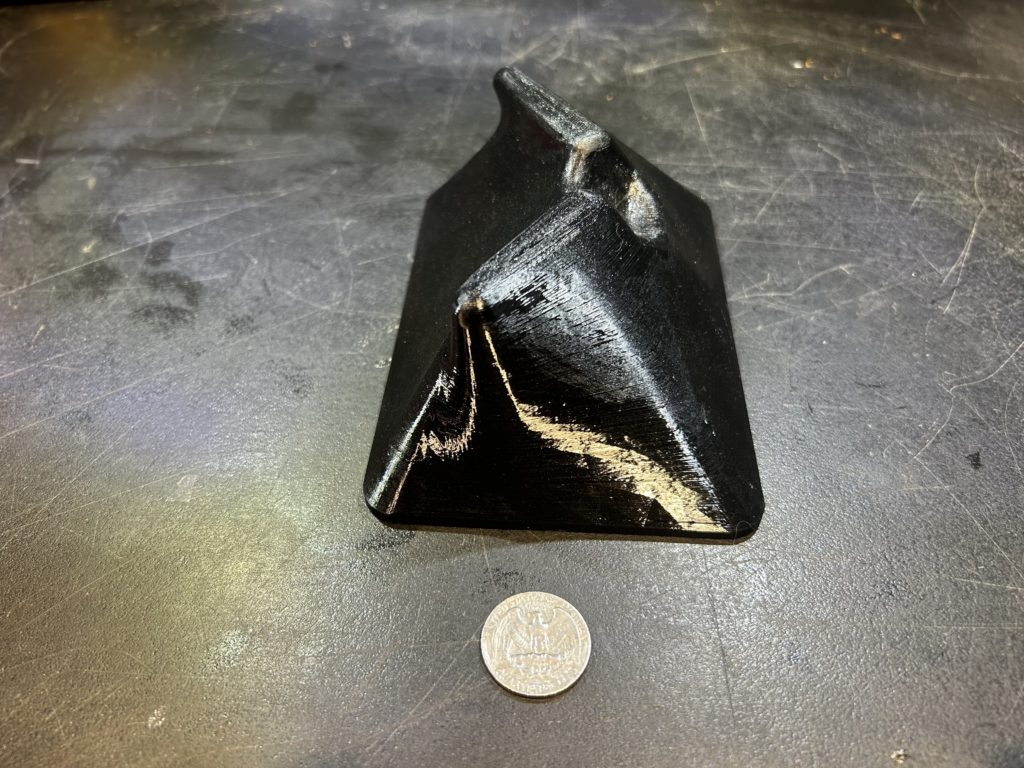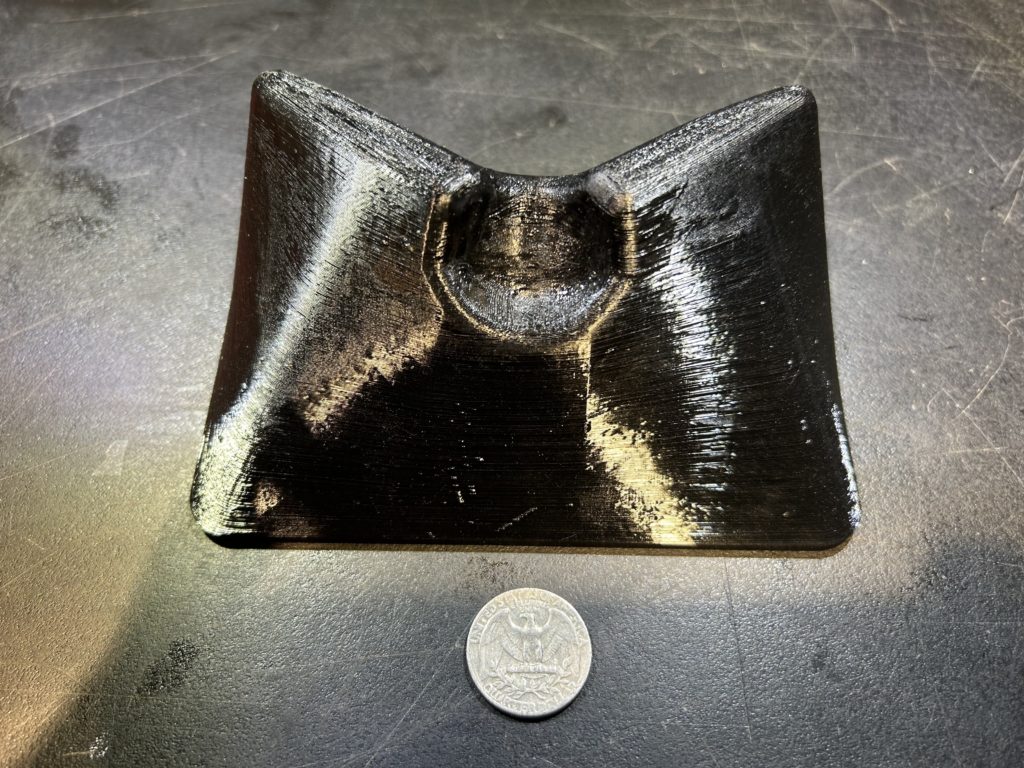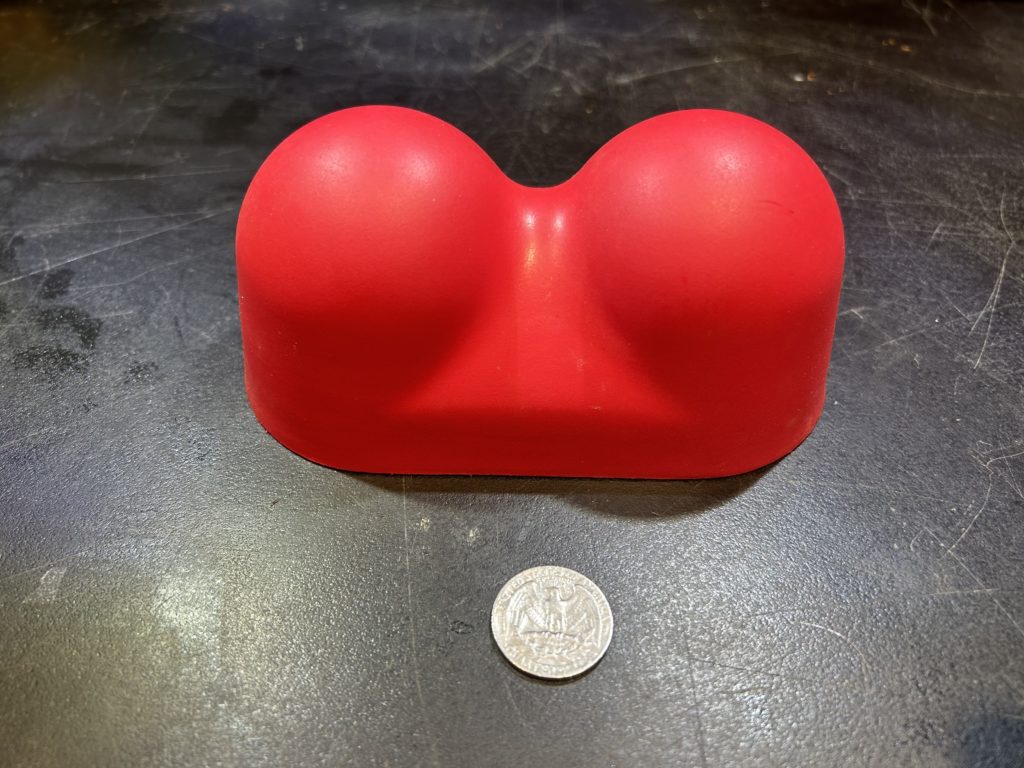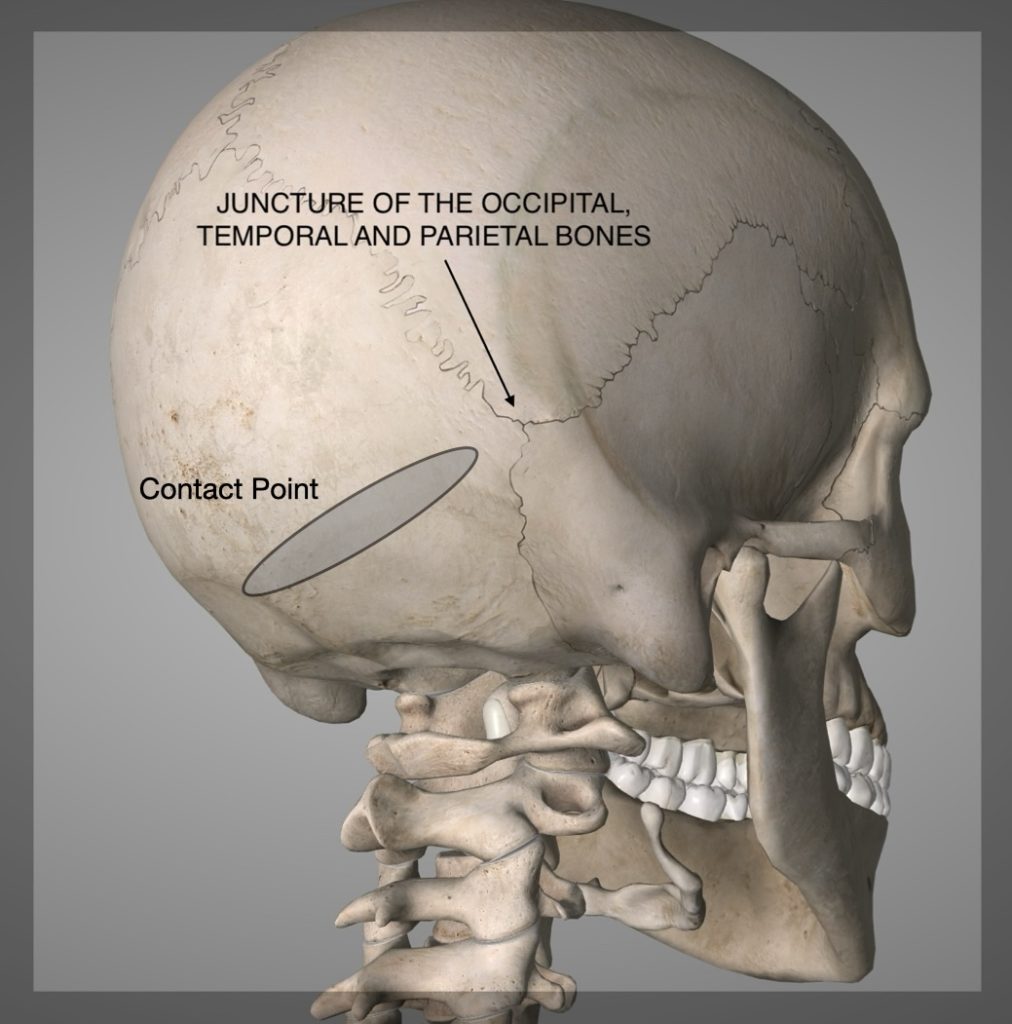John Upledger’s concept of the “Still Point” is a central element in craniosacral therapy, a form of alternative treatment he developed. This concept is based on the idea that the body possesses a natural rhythmic movement within the craniosacral system, which includes the membranes and fluid surrounding the brain and spinal cord.
Concept of the Still Point
The “Still Point” refers to a temporary cessation of the spontaneous flow of the cerebrospinal fluid (CSF) pulsation within the craniosacral system. Upledger proposed that this pause in fluid motion could facilitate the body’s healing mechanisms. The Still Point is thought to arise naturally during the body’s restorative processes and can also be induced therapeutically.
Inducing a Still Point
Therapists induce a still point to enhance the body’s self-corrective abilities by using gentle manual techniques. The typical method involves:
- Gentle Touch: The therapist places their hands lightly on the patient’s head, specifically targeting the bones of the skull or the sacrum at the base of the spine.
- Subtle Movements: Through slight compression or traction, the therapist manipulates the cranial bones. This manipulation aims to subtly influence the rhythm of the craniosacral system.
- Observation and Release: The therapist holds the position until they sense a release, which is indicated by a change in the rhythmic flow of the craniosacral system.
Benefits of a Still Point
The therapeutic induction of a Still Point is believed to offer several health benefits, including:
- Pain Relief: It can reduce symptoms of chronic pain, particularly in the neck and back.
- Stress Reduction: By calming the central nervous system, Still Point therapy can alleviate stress and enhance overall relaxation.
- Improved Autonomic Regulation: It may help regulate the autonomic nervous system, influencing functions like heart rate and digestion, which are often disrupted by stress.
- Enhanced Immune Response: There is anecdotal evidence to suggest that Still Point induction can boost the immune system’s efficiency.
- Migraine and Headache Relief: Patients often report reductions in the frequency and severity of migraines and other types of headaches.
- Emotional Release: The therapy can facilitate emotional release, potentially helping individuals overcome the effects of stress, trauma, and emotional blockages.
Applications
Still Point therapy is used as part of a broader craniosacral therapy session aimed at treating various conditions, from somatic pains to emotional disturbances. It is typically administered in a quiet, peaceful environment to enhance its effects and the patient’s relaxation.
While positive patient supports the benefits of Still Point therapy reports and some preliminary studies, it is worth noting that this approach, like many alternative therapies, is met with skepticism in conventional medical circles due to a lack of robust empirical evidence from large-scale, randomized controlled trials.1 Patients interested in this therapy are encouraged to consult with healthcare professionals to ensure it complements their medical needs and conditions effectively.
STILL POINT INDUCER
Upledger Institute offers this device as a means of self-inducing a Still Point. This writer has found this to be ineffective, primarily because it is too soft.
This concept of intensity of touch is the primary deviation between Craniosacral Therapy and other Manual Therapy modalities. Soft, or indirect touch can be very effective and is sometimes the most appropriate approach. Direct, more intense touch usually dissolves connective tissue adhesions significantly faster. Varying the intensity of contact based on the soft tissue response has been found by this therapist to be preferred.
This Still Point inducer might work if used for a long enough period.
STILL POINT INDUCER VARIANT
This variant of the Still Point Inducer offers firm contact with the skull. This writer experiences that this variant almost immediately induces a Still Point, noticed as a change in autonomic activity.
This writer is exploring the possibility that this Still Point inducer may find utility within a treatment by relaxing postural extension.


Speculation on the mechanism of efficacy of this device:
Illustrated are the contact points between the Still Point Inducer and the skull. Possible reasons for the efficacy of compression at these points:
- The non-normal vector of force on the Cranium directed at the occipital/temporal/parietal juncture changes the force dynamics for the Cranial Nerves. This is likely particularly true for CN 10 – the Vagus Nerve. The change in force dynamics also increases the movement of the cranial bones.
- The Atlanto/Occipital Junction is moved from compression into tension, again relieving pressure on CN 10.
- The tendonous insertions of the back extensor muscles that attach to the base of the skull are compressed, putting the back muscles into inhibition (Golgi Tendon Apparatus) and allowing the Spine to lengthen. This likely assists the flow of Cerebrospinal Fluid.
FURTHER DEVELOPMENT
Work is ongoing on the design of this device. If you would like to participate in this research, please contact me. The device would be scaled to your dimensions. Regular use and some form of self-reporting would be expected.
This video discusses anatomical features and functions correlating to the region this Still Point device engages with, focusing on the Vagus Nerve.


